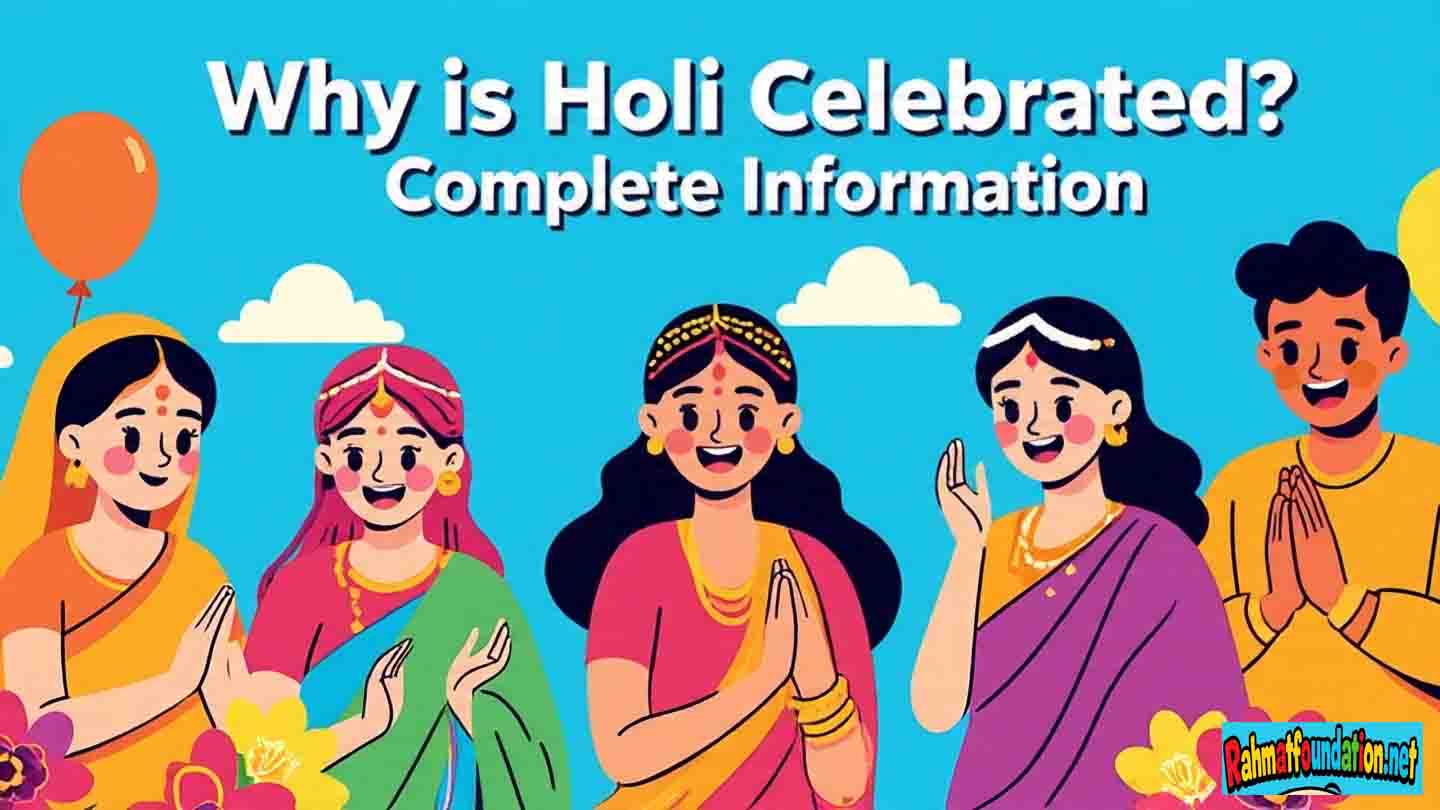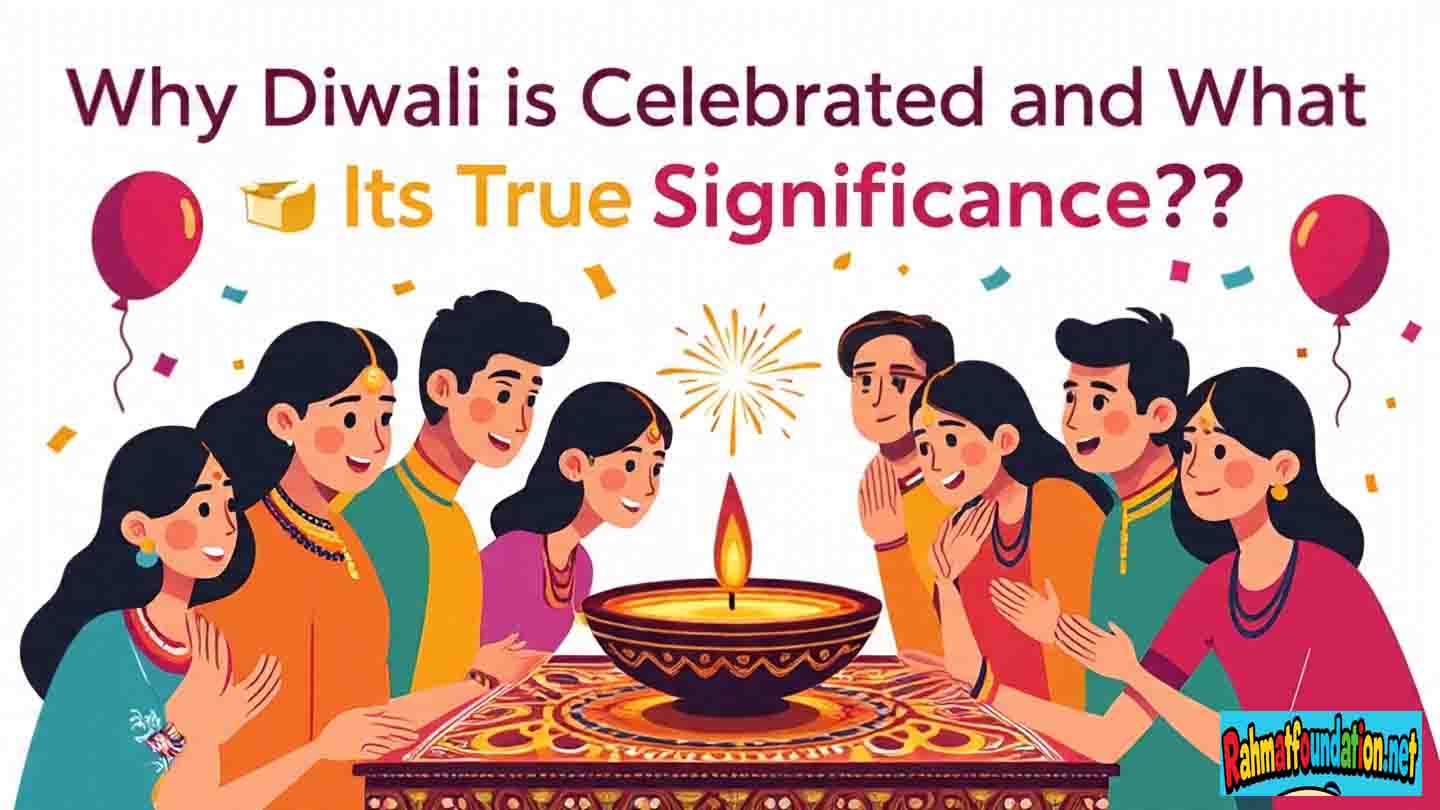Valentines Day – History, Significance, Celebration & Interesting Facts
Introduction
Valentines Day, celebrated every year on February 14, is one of the most popular festivals dedicated to love and affection. On this day, people express their feelings to their loved ones through gifts, flowers, cards, chocolates, and romantic gestures. Although it is widely associated with romance today, Valentine’s Day has a rich historical background rooted in ancient Roman and Christian traditions.
In this blog post, we will explore everything about Valentine’s Day — from its history, cultural significance, traditional and modern celebrations, popular customs worldwide, symbols, interesting facts, and much more.
Table of Contents
The Historical Origin of Valentine’s Day
Valentine’s Day dates back to ancient Rome and early Christianity.
- Roman Festival of Lupercalia:
Before Valentine’s Day became a celebration of love, Romans celebrated a festival called Lupercalia on February 15. It was a fertility festival dedicated to Faunus, the Roman god of agriculture, and to the founders of Rome — Romulus and Remus.
During this festival, men sacrificed animals and used their hides to whip women, believing it would make them fertile. - St. Valentine – The Christian Connection:
The modern name “Valentine’s Day” comes from Saint Valentine, a Christian martyr. There are several legends about Saint Valentine:- One story says he was a priest in Rome who performed secret marriages for soldiers who were forbidden to marry.
- Another legend says he helped Christians escape harsh Roman prisons.
- According to a famous tale, while imprisoned, Valentine fell in love with the jailer’s daughter and wrote her a letter signed “from your Valentine” — a phrase we still use today.
- Adoption by the Church:
In the 5th century, Pope Gelasius I replaced Lupercalia with St. Valentine’s Day on February 14 to honor Saint Valentine’s martyrdom.
The Evolution of Valentine’s Day Traditions
- By the Middle Ages, Valentine’s Day became associated with romantic love, especially in England and France, where people believed birds began mating around February 14.
- Geoffrey Chaucer, an English poet, mentioned Valentine’s Day as a romantic celebration in his poem “Parliament of Fowls” in the 14th century.
- By the 17th and 18th centuries, people began exchanging handwritten notes and small gifts as a symbol of love on this day.
- By the 19th century, mass-produced Valentine’s Day cards became popular in England and later in America.
Significance of Valentine’s Day
Valentine’s Day has grown beyond just romantic love. Its significance includes:
- Celebrating Love: A day to express feelings of love, affection, and appreciation to partners, friends, and family.
- Strengthening Relationships: It encourages couples to spend quality time together and nurture their bond.
- Global Cultural Impact: Valentine’s Day has become a universal celebration, transcending religions and cultures.
- Economic Importance: The day has also become a major event for industries like greeting cards, chocolates, jewelry, and travel.
Popular Symbols of Valentine’s Day
- Hearts: The universal symbol of love.
- Roses: Especially red roses symbolize deep love and passion.
- Cupid: The Roman god of love, often depicted as a cherub with a bow and arrow.
- Doves: Represent peace, love, and loyalty.
- Love Letters & Cards: A traditional way to express emotions.
- Chocolates & Gifts: Tokens of love and appreciation.
How Valentine’s Day is Celebrated Around the World
United States & Canada
- Couples exchange gifts like flowers, chocolates, and jewelry.
- Romantic dinners, weekend getaways, and proposals are common.
- Schools celebrate with children exchanging small Valentine’s cards called “valentines.”
United Kingdom
- Traditions include sending anonymous cards and gift-giving.
- In some regions, children sing songs and receive treats.
- Bakeries sell Valentine-themed cakes and pastries.
France
- Considered one of the most romantic places, France celebrates with love letters, flowers, and romantic dinners.
- The town of Valentine becomes a popular destination for lovers during this time.
Italy
- Known as La Festa degli Innamorati, couples exchange love notes (called “baci perugina”) and gifts.
- Romantic walks, dinners, and visits to historical places are common.
Japan & South Korea
- Women give chocolates to men on February 14.
- Men return the favor on White Day (March 14) by giving gifts like jewelry and sweets.
- South Korea also celebrates Black Day (April 14) for singles.
India
- Valentine’s Day has gained popularity among youth.
- Couples celebrate by going on dates, exchanging gifts, and expressing their love.
- Many schools, colleges, and offices organize Valentine-themed events.
Read Also- Guru Nanak Jayanti (Gurpurab): History, Significance, Teachings, and Celebrations
Modern-Day Valentine’s Week
In many countries, especially India, Valentine’s Day has evolved into a week-long celebration:
| Day | Date | Significance |
|---|---|---|
| Rose Day | Feb 7 | Expressing love with roses |
| Propose Day | Feb 8 | Confessing love |
| Chocolate Day | Feb 9 | Exchanging chocolates |
| Teddy Day | Feb 10 | Giving cute teddies |
| Promise Day | Feb 11 | Making lifelong promises |
| Hug Day | Feb 12 | Sharing warm hugs |
| Kiss Day | Feb 13 | Showing affection |
| Valentine’s Day | Feb 14 | Celebrating love |
Interesting Facts About Valentine’s Day
- Around 145 million Valentine’s cards are exchanged every year worldwide.
- Teachers receive the most Valentine’s cards, followed by children, mothers, and wives.
- Red roses are considered the official flower of Valentine’s Day.
- In Finland, Valentine’s Day is celebrated as “Friend’s Day” focusing on friendship rather than romance.
The Commercial Aspect of Valentine’s Day
- Valentine’s Day is one of the biggest consumer holidays globally.
- The most popular purchases include greeting cards, flowers, chocolates, perfumes, jewelry, and romantic dinners.
- Many businesses run special Valentine’s offers, discounts, and couple packages.
- The holiday contributes billions of dollars annually to the global economy.
Criticism and Controversy
- Some people criticize Valentine’s Day as being too commercialized.
- Certain cultures consider it against traditional values.
- Despite criticism, its popularity continues to grow, especially among the younger generation.
Conclusion
Valentine’s Day is more than just a day of romance. It is a celebration of love in all its forms — romantic, platonic, and familial. From its ancient roots to modern celebrations, Valentine’s Day has transformed into a global festival of affection, kindness, and emotional connection.
Whether it’s a simple card, a heartfelt message, or a grand romantic gesture, what matters most is expressing love and appreciation for the people who matter in our lives.

